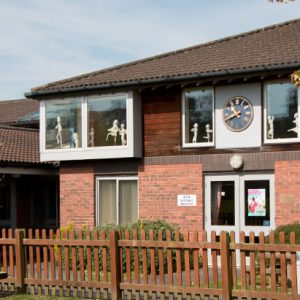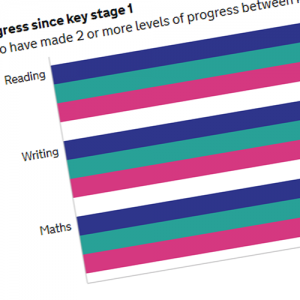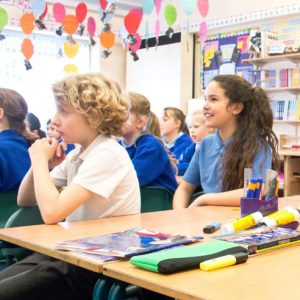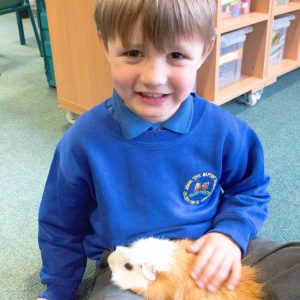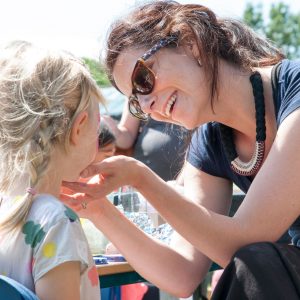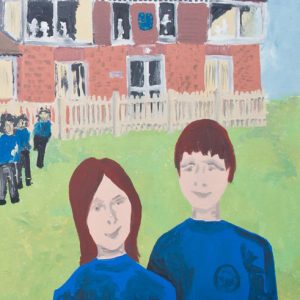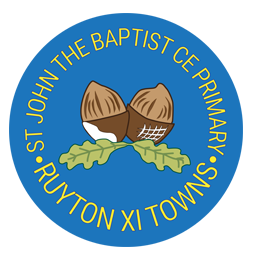
Design and Technology is about providing opportunity for children to use creativity and imagination to design and make products that solve real and relevant problems, considering their own and others’ needs. Making mistakes is a huge part of Design and Technology and integral to learning.
The National Curriculum
The national curriculum for design and technology aims to ensure that all pupils:
- develop the creative, technical and practical expertise needed to perform everyday tasks confidently and to participate successfully in an increasingly technological world
- build and apply a repertoire of knowledge, understanding and skills in order to design and make high-quality prototypes and products for a wide range of users
- critique, evaluate and test their ideas and products and the work of others
- understand and apply the principles of nutrition and learn how to cook
At St John the Baptist CE Primary School, it is our intent that Design and Technology is an inspiring, practical, meaningful and memorable subject. Using creativity and imagination, pupils design and make products that solve real and relevant problems within a variety of contexts, considering their own and others’ needs, wants and values. Three projects will be taught throughout the academic year. These projects will include one topic per cycle related to food and will ensure that the two strands Design and Making, and Food and Nutrition are delivered effectively. Topics are cross-curricular and support a broad range of subject knowledge, drawing on disciplines such as mathematics, science, engineering, computing and art.
Within Design and Technology children will learn and build on a range of practical and technical skills, testing their ideas and critiquing and evaluating both their own products and the work of others. Across all year groups children should be designing and making Something for Somebody for Some Purpose. There will also be increased opportunities for computer aided design in the upper school.
Implementation
Our curriculum offers a range of exciting units that solve real and relevant problems. Through these units, we also learn and apply a set of technical skills including structures, mechanisms, electrical control and a range of materials, including food. The children also draw upon knowledge and skills within Maths, Science, computing and Art.
We implement the curriculum through giving the children real and relevant problems to solve, making cross-curricular links to broaden our understanding, offering enrichment opportunities like workshops and competitions and creating real products that serve a purpose.
The children are encouraged to plan, design, make and modify solutions to practical problems in a variety of contexts. This may involve individual, pairs or group work and communicating ideas to others. The design projects involve the pupils working with a range of materials including food, textiles, electrical control, with pulleys and gears.
Design and Technology Overview
| KS1 | Term 1
|
Term 2 | Term 3 |
| Cycle A | Cooking and Nutrition
|
Mechanisms- Wheels and Axles
|
Building Structures |
| Cycle B | Mechanisms – Levers and Sliders
|
Textiles
|
Cooking and Nutrition |
| LKS2 | Term 1
|
Term 2 | Term 3 |
| Cycle A | Electrical Systems | Mechanical Systems (Types of Movement) – Levers and Linkages | Cooking and Nutrition
|
| Cycle B | Complex Structures | Mechanical Systems (Rotary systems) – Cams, gears, pulleys | Textiles |
| UKS2 | Term 1
|
Term 2 | Term 3 |
| Cycle A | Complex Structures | Textiles | Cooking and Nutrition
|
| Cycle B | Mechanical Systems (Types of Movement) – Levers and Linkages | Cooking and Nutrition
|
Mechanical Systems (Rotary systems) – Cams, gears, pulleys |
Teaching Process
Within each term, there also needs to be the inclusion of the following elements within the DT unit being taught:
- Research / Existing Products
- Design
- Make
- Evaluate
However, the context is up to each class teacher and may be linked to the topic.
This overview above would be the same for each class within the key stage, so that whichever class a child is in, whether they are in the same class for 2 years or not, they have the coverage of all skills within a 2 year cycle.
Each class teacher will then use the DT Progression document to check what the children in their class should be able to achieve within the elements (Design, Make, and Evaluate).
Following the above overview ensures a range of skills from the national curriculum across the 2 year cycle for each child.
Each skill can be moved within the year if needed to fit in with topics in order to make the art cross curricular, but not moved to the next cycle.
You can view our progression map of skills by following the link below.

